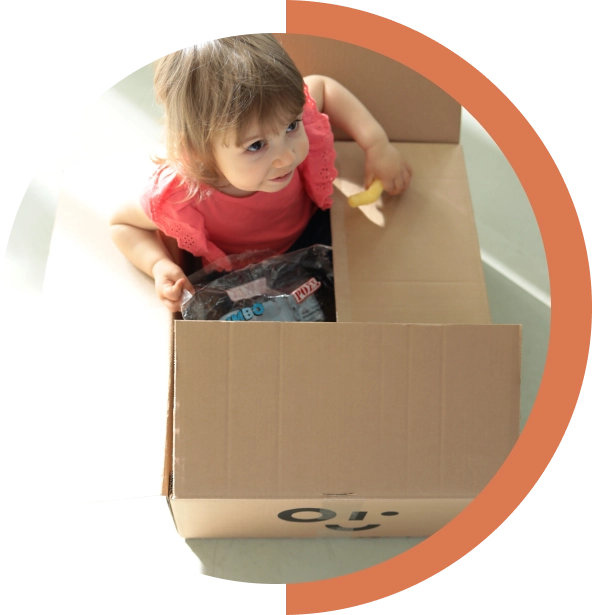Montessori and Mindfulness
Mindful parents intuitively tend to Montessori.
It’s natural. This educational and learning method, founded by Marie Montessori, is based on mindfulness.
By using Montessori, you can provide your child with a caring environment that meets their specific developmental needs and interests. A child naturally learns through activity and thanks to the freedom his/her personality develops.
10 principles of Montessori
Respect for the child
The absorbing mind
Sensitive periods
Holistic learning
Individual approach
Freedom of movement and the possibility to choose
Prepared environment
Inner motivation
Independence
Self-learning
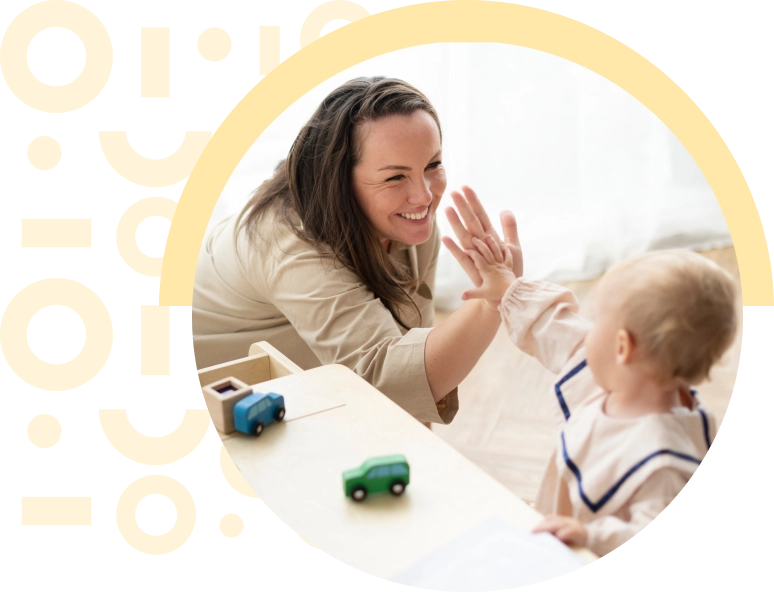
Child's room as a prepared environment
Children acquire knowledge through experiences with the environment. The prepared environment is a calm and structured space where your child knows what to expect. Furnish the room in such a way that there is room for movement, learning, exploration and discovery.
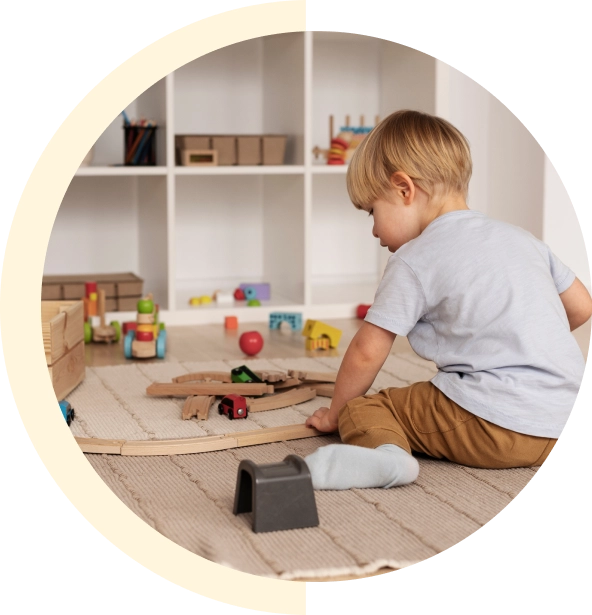
How to furnish the room:
Furniture
Orderliness and color palette
Realistic equipment
Freedom and choice
Harmony
Mindful learning guide
For children from birth to 2 years of age
First steps towards independence. During this developmental period, babies learn through movement, discovery, exploration and connection. Learning is focused on movement skills, language development, developmental milestones, fine motor skills development, social skills and the joy of each child.
What should the child learn?
- Use simple gestures
- Discover objects in different ways
- Choose an activity and develop it
- Play alongside other children
- Know the names of body parts, colors and shapes
- Start using one or two word phrases
- Demonstrate independence skills such as self-feeding
- Reaching physical development milestones such as crawling, walking, climbing and jumping
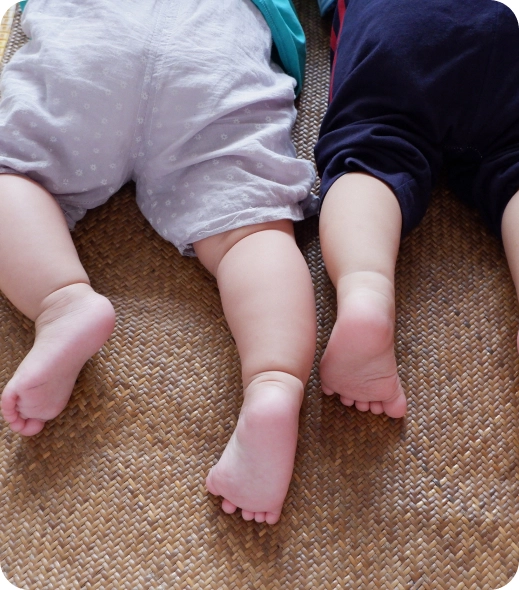
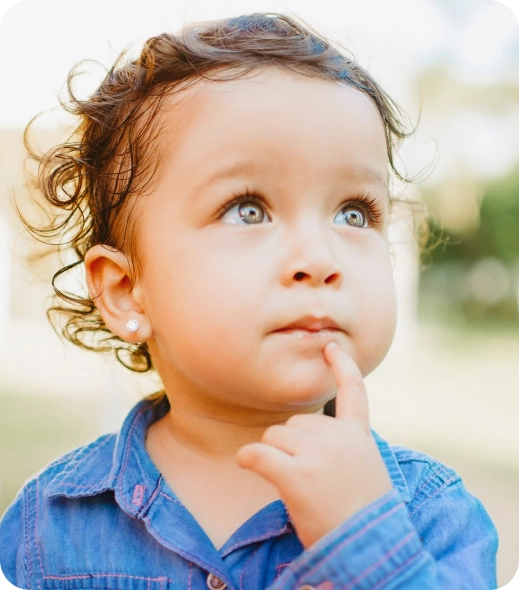
For children from 2 to 3 years old
Development of practical experience
Montessori motivates toddlers for hands-on learning that is active, self-paced, and based on real-world experiences. Learning focuses on developing independence, social skills, confidence and a solid foundation in preparation for future learning.
What should the child learn?
- Can identify common objects, body parts and colors by name
- Recognizes numbers and can count
- Speaks in sentences, expresses thoughts and feelings
- Participates in physical activities
- Can use a "pincer" grip when writing and drawing
- Shows self-confidence and communicates well with others
- Can use all senses (sight, smell, taste, hearing, touch)
- Demonstrates problem-solving skills and exhibits curiosity
For children from 3 to 6 years old
Support and care for school and life
During this developmental period, children learn through movement, discovery, exploration and connection. Learning is focused on movement skills, language development, developmental milestones, fine motor skills development, social skills and the joy of each child.
What should the child learn?
- Form individual letters and numbers
- Recognizes numbers and can count
- Reads simple sentences and forms phonetic words
- He/she can write and recognize his/her own name
- He/she is aware of the decimal system, addition and subtraction
- Participates in physical activities and follows the rules of the game
- Shows self-confidence and communicates well with others
- Can concentrate and work independently
- Responds to challenges and demonstrates problem solving skills
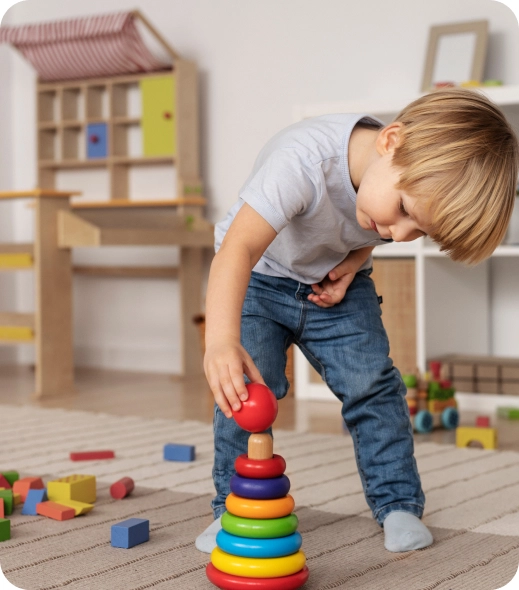
Beggs inspiration
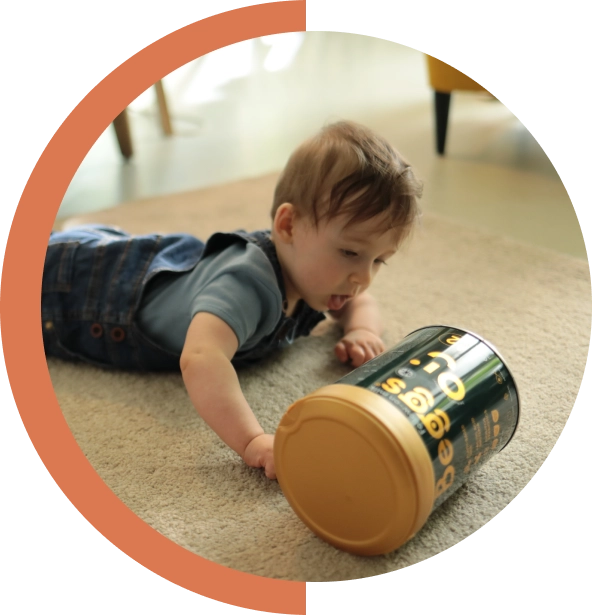
Provide your child with sensory experiences every day
Encourage your child to practice paying attention
Help your child to connect with nature
Practice walking "meditation"
Let the child choose an activity that he/she enjoys
